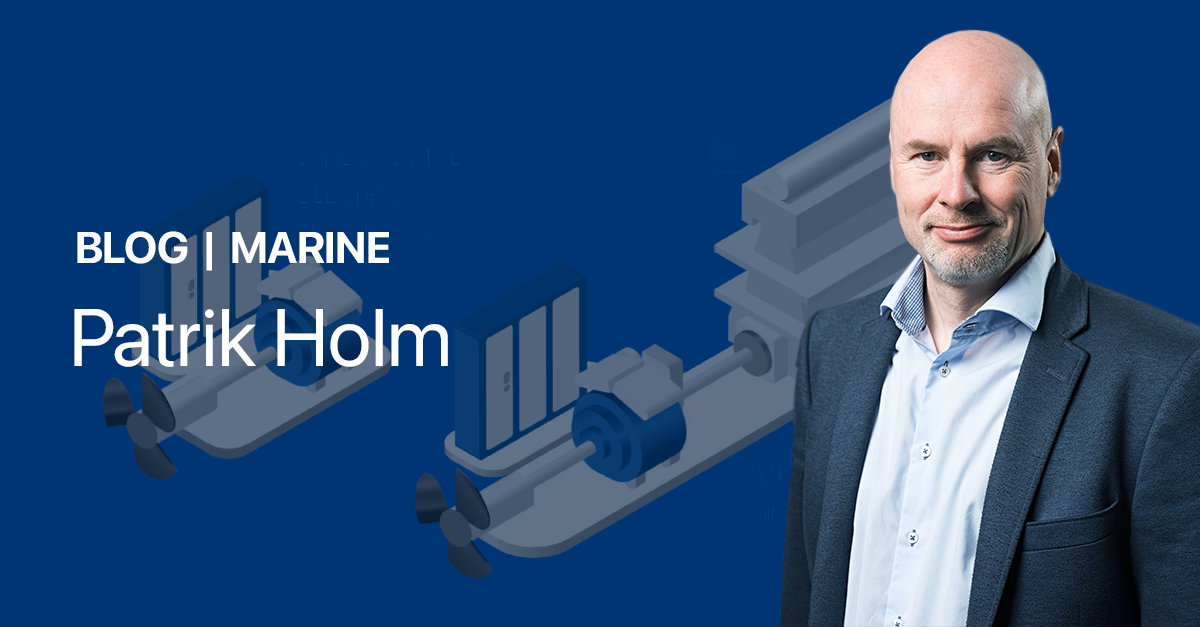System integrators face many more complex requirements and challenges with today’s increasingly versatile and comprehensive systems for propulsion and the production of onboard electricity. As a result, system integration must now start much earlier. This means information on system components must be available earlier, especially in the case of unfamiliar new technologies and solutions that may require additional study.
System integration challenges
System integration is challenging. The components we at Yaskawa Environmental Energy / The Switch supply for any system will have with many interfaces with the rest of the system’s equipment.
In general, any failure in system integration occurs in the interfaces and is almost always due to insufficient or inadequate communication of information. Clear communication of all assumptions, requirements and prerequisites to system integrators (SIs) and original equipment manufacturers (OEMs) is crucial.
As a matter of course, component suppliers provide complete customer documentation describing the physical interfaces, usage and operation of the equipment in forms such as installation instructions and user manuals.
Typically, however, these documents are only completed and delivered with the components. In the system integration process, SIs and OEMs must make many decisions long before these documents are finalized and without their benefit.
SIs and OEMs know they need the information related to interfaces early, and many emails, messages and phone calls fly back and forth with questions and answers in the early days of the design process. Unfortunately, the process of collecting information nearly always starts too late, and the information is often scattered and disorganized. When components are a new solution, the SIs and OEMs may not even know what needs to be considered or what information to ask for.
What can be done to make life easier for the SIs and engineers responsible for interface design and dimensioning? How can we help simplify an extremely complex task?
Technical Notes simplify the design task
At Yaskawa Environmental Energy / The Switch, we take the stress and possible miscommunications of this early stage very seriously. We want to be sure our clients can more easily make informed decisions at every step, starting from the earliest possible moment.
To this end, we are developing a series of Technical Notes to provide our clients with the fullest range of information about the integration of our products.
We have already written Technical Notes for the following interfaces for permanent magnet electric machines used as shaft generators or propulsion motors in maritime applications:
- Cooling water connection to heat exchangers
- Machine feet and foundation connection
- Shaft line and rotor connection
- Shaft line design considerations
We strongly believe these Technical Notes will make the system integration process faster and smoother, resulting in more durable solutions with lower total costs, including both capital expenditures and operation expenses.
We will be developing more Technical Notes in the future. Please get in touch if you have suggestions!
Supporting our clients in dimensioning and designing the interfaces for marine electric machines is of the highest importance to all of us at Yaskawa Environmental Energy / The Switch.


